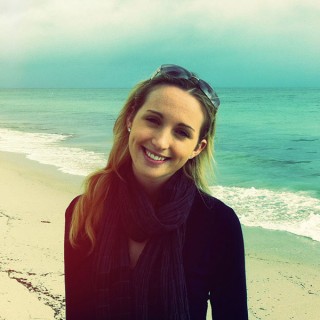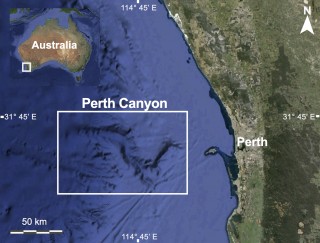
In our modern world, it is hard to imagine the times long ago when there were still white areas on our maps of the world, and the ‘big unknown’ provoked numerous speculations and colourful fantasies.
Today, Google Maps allows us to zoom into almost any street in the world and explore “underwater street views” of coral reefs from the comfort of our living room with just one mouse click. However, large parts of the oceans remain largely unknown and while our modern maps make it seem like the oceans are fully mapped and understood, this is far from reality.
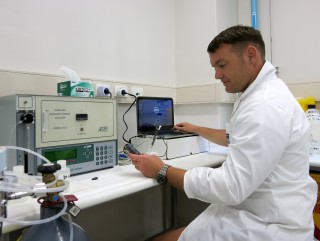
The existence of an unexplored deep-sea canyon the size of the USA’s Grand Canyon located just a short distance away from Perth, one of Australia’s largest cities, is a prime example of this. In our pursuit to uncover the mysteries of Perth Canyon, we are faced with the questions and uncertainties that are not dissimilar to those experienced by early explorers when staring at white spots on world maps. Our heads are filled with speculations and expectations based on the few things we do know about the canyon. It is a marine hotspot attracting whales and other large animals, but what else lives there? How abundant and diverse are the smaller and long-lived faunas that colonise the canyon walls and seafloor? Do human influences extend into the canyon’s deep abyss? These are just a few questions that this expedition will help answer.
Getting ready for the adventure
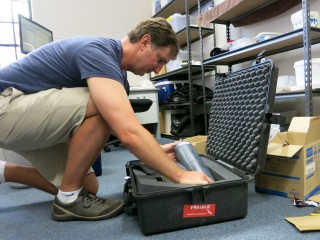
Not surprisingly, “going where few others have gone before” requires not only innovative ideas and significant determination, but also meticulous preparation beforehand to ensure that the expedition will be a success. This probably sounds easier than it is – imagine for a moment that you will be spending the next two weeks in the middle of the ocean on an island that is roughly 83 m (272 ft) long and 13 m (42 ft) wide (the dimensions of the R/V Falkor). What will you need? What do you have to pack?
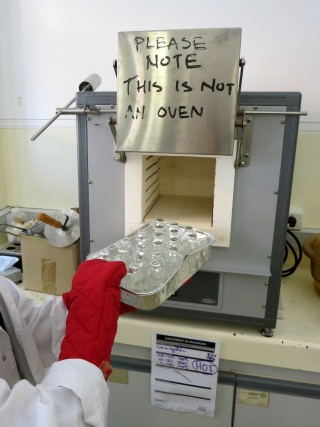
For some of us this can already be a challenge when going on vacation, this is even more challenging for scientists. It is one thing to anticipate all the gear you need when everything goes according to plan, but often adverse weather and ocean conditions as well as malfunctioning equipment (despite working perfectly before the cruise) and other surprises can interfere with plans. Therefore, scientists must also anticipate things they don’t expect to need, and have to be able to improvise and be as flexible as possible.
The preparation and packing for the Perth Canyon cruise is currently in full swing – and in fact already began about six months ago! Attaining official documents and all of the necessary gear, then calibrating and securely packing lab equipment, cleaning hundreds of vials and containers for water and faunal samples, acquiring shipboard personal protective gear, and purchasing many other minor items is seemingly endless. Then there is all of the logistics to be discussed and planned. However, the planning will soon come to fruition as Falkor is already on her way from Hobart, Tasmania, steaming towards Henderson about 35 km (22 miles) south of Perth. This is where we will finally meet up with the ship and her crew this coming Tuesday. Stay tuned for more news as our adventure unfolds.

